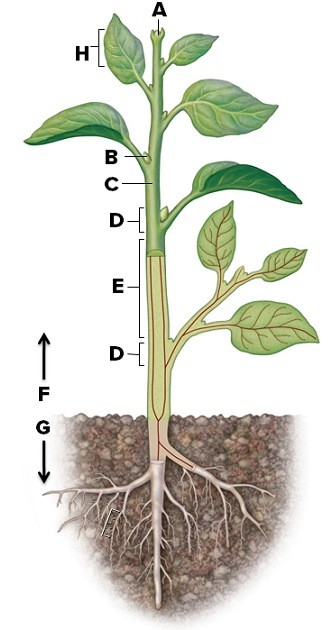The researcher determines that an average nest incubation temperature of 32 – 33?C results in the birth of male crocodiles, while higher and lower incubation temperatures result in female crocodiles. What is the most likely explanation for this phenomenon?
A. Since this phenomenon is influenced by an external stimuli (temperature), it cannot be attributed to changes in either the genome or the proteome.
B. Incubation temperature changes both the crocodilian genome and proteome.
C. Incubation temperature results in a change in the crocodilian proteome.
D. Incubation temperature results in a change in the crocodilian genome.
C. Incubation temperature results in a change in the crocodilian proteome.
You might also like to view...
Transmission of C. violaceum to humans is by:
a. exposure of disrupted skin to contami-nated water. b. ingestion of contaminated seafood or wa-ter. c. inhalation of contaminated air. d. close contact with carriers of the organism.
A microbiologist must culture a patient's feces for intestinal pathogens. Which of the following components would likely be present in a selective medium for this purpose?
A. NaCl B. Thioglycolic acid C. Bile salts D. Peptone E. Sheep red blood cells
One characteristic of New World monkeys that separates them from Old World monkeys is:
a. the presence of a prehensile tail. b. their quadrupedal locomotion. c. their fully opposable thumb. d. the downward orientation of their nostrils. e. their bipedal locomotion.
Using the word bank, name the labeled structures. Briefly describe their function (shoot system, root system, terminal bud, internode, node, stem, axillary bud, leaf, petiole).  E. ________F. ________G. ________H. ________
E. ________F. ________G. ________H. ________
What will be an ideal response?